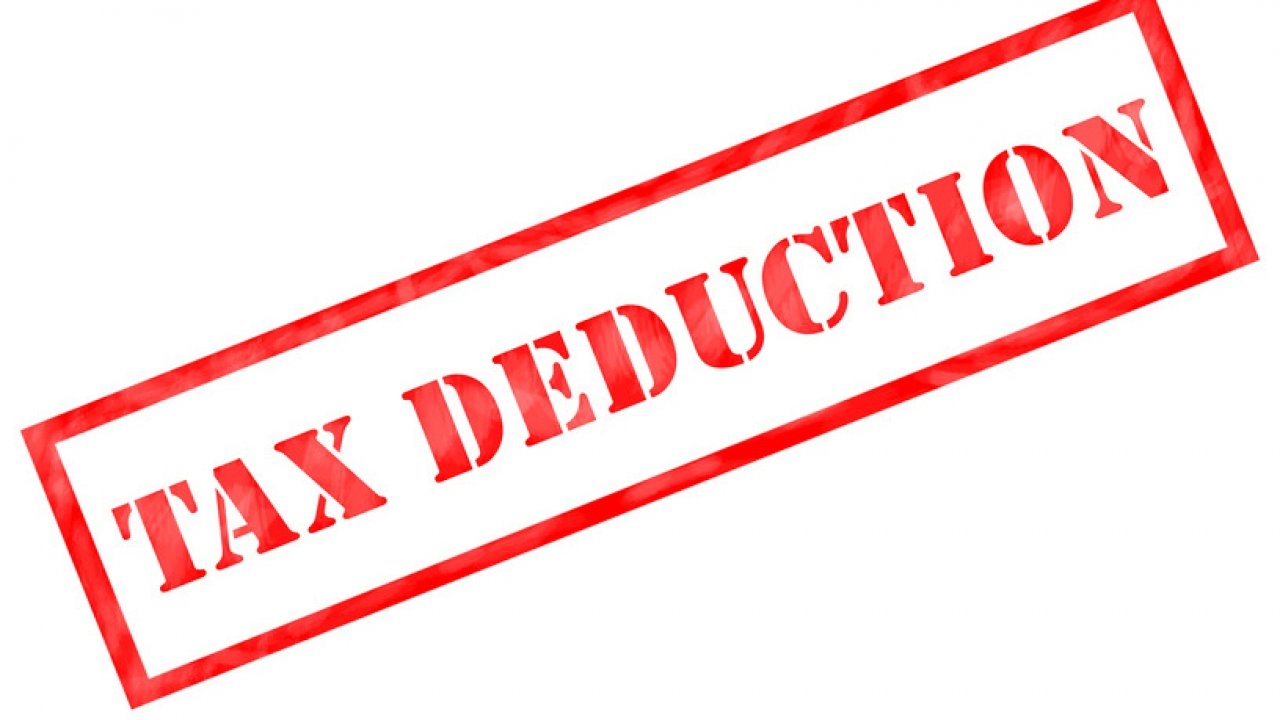
Get us to call you back

TAX DEDUCTED AT SOURCE
Tax Deducted at Source or TDS is a source of collecting tax by Government of India at the time when a transaction takes place. Here, the tax is required to be deducted at the time money is credited to the payee’s account or at the time of payment, whichever is earlier.
Tax Deducted at Source or TDS is a source of collecting tax by Government of India at the time when a transaction takes place. Here, the tax is required to be deducted at the time money is credited to the payee’s account or at the time of payment, whichever is earlier. In case of payment of salary or life insurance policy, tax is deducted at the time of payment. The deductor then deposits this TDS amount to the Income Tax (I-T) department. Through TDS, some portion of your tax is automatically paid to the I-T department. Thus, TDS is considered as a method of reducing tax evasion. Tax is deducted usually over a range of 1% to 10%.
WHAT IS TDS RETURN?
Apart from depositing the tax, the deductor should also file a TDS return. TDS return is a quarterly statement to be given to the I-T department. It is compulsory for deductors to submit a TDS return on time. The details required to file TDS returns are:
- PAN of the deductor and the deductee
- Amount of tax paid to the government
- TDS challan information
- Others, if any
ELIGIBILITY CRITERIA FOR TDS RETURN
TDS return can be filed by employers or organizations who avail a valid Tax Collection and Deduction Account Number (TAN). Any person making specified payments mentioned under the I-T Act are required to deduct tax at source and needs to deposit within the stipulated time for the following payments :
- Payment of Salary
- Income by way of “Income on Securities”
- Income by way of winning lottery, puzzles and others
- Income from winning horse races
- Insurance Commission
- Payment in respect of National Saving Scheme and many others
TDS RETURN FILING
Due dates of TDS Return FY 2018-19 :
| Quarter | Quarter Period | TDS Return Due Date |
| 1st Quarter | 1st April to 30th June | 31st August 2018 |
| 2nd Quarter | 1st July to 30th September | 31st October 2018 |
| 3rd Quarter | 1st October to 31st December | 31st January 2019 |
| 4th Quarter | 1st January to 31st March | 31st May 2019 |
TDS RETURN FORMS
| Particulars | Form No. |
| TDS on Salary | Form 24Q |
| TDS where deductee is a non-resident, foreign company | Form 27Q |
| TDS on payment for transfer of immovable property | Form 26QB |
| TDS in any other case | Form 26Q |
Various forms are used for filing TDS return, depending on the purpose of deduction. These returns have to be in company with a signed verification in Form No. 27A. It is a form that controls the quarterly statements. This has to be filed by deductors together with quarterly statements. It summarizes the control totals of “amount paid” and “income tax deducted at source” which has to match with the totals in TDS return.
TDS REFUND
TDS is the tax amount deducted at the time of payment. At the year end, while assessing the total tax liability, there is a difference between the total tax deducted during the year and the actual tax liability. If the tax deducted at the source is less than the actual tax liability, then the difference between the two has to be paid by the assessee. On the other hand, if the tax deducted at source is more than the actual tax liability, it results in TDS refund.
BENEFITS OF TDS
Filing TDS return is mandatory as per I-T Act, 1961. Some of its benefits are:
- It helps in regular collection of taxes
- Ensures a flow of regular income to the government
- Reduces the burden of lump-sum tax payment. It helps in spreading the entire tax payment over a number of months which makes it easier for the taxpayer
- Offers an easy mode of tax payment to the payer!